Once a year, go someplace you’ve never been before.
Dalai Lama
It was a fair old trip to get here from The Pantanal in Brazil. Part of our tour headed back to Rio leaving at 5am. The remaining 3 of us got picked up at a much more respectable 9am. I thought I’d get woken by the noise of them getting ready to leave, but I had a surprisingly good nights sleep in the hammock and when I woke I was surprised to find they’d already left. Thank you to Steven and Theo for being so quiet leaving our hammock room!
We took a one hour bumpy bus ride out of the park, then a further 2 hours to Carumba. We stopped for lunch, a cheap but very good buffet, then headed for the border.
No queue, sometimes it can take an hour, so a relatively painless border crossing.

And we are in Bolivia! We chilled out for a few hours by the pool in hotel Bibosi, in both the sun and the rain. Bolivia sees every type of weather in one day! The poolside shower and toilet felt so clean and amazing after Pantanal, where we showered with mosquitoes and shared the bathroom with snakes, spiders, frogs and cockroaches to name a few.
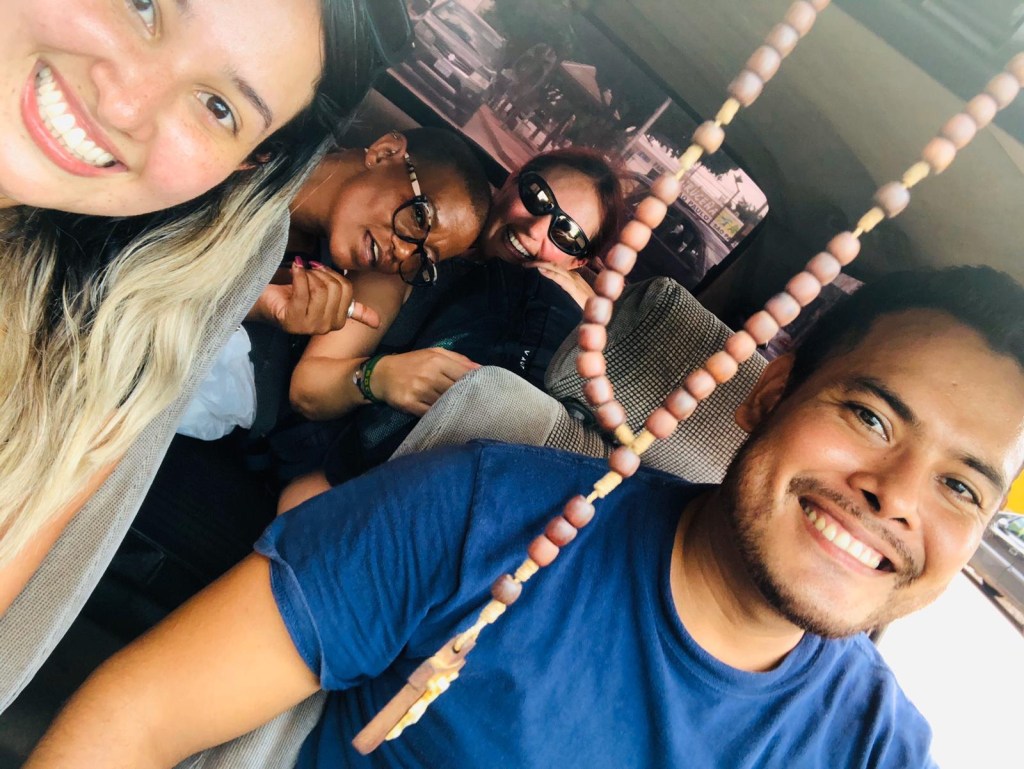
From here we got a taxi to the bus station where we set off for our 8-12 hour journey to Santa Cruz. Overnight buses are surprisingly comfortable so I managed to get some sleep. We arrived at the airport 10 hours later around 5am. From here we flew to Sucre where we finally got to our hotel at around 11am, 26 hours after leaving The Pantanal!
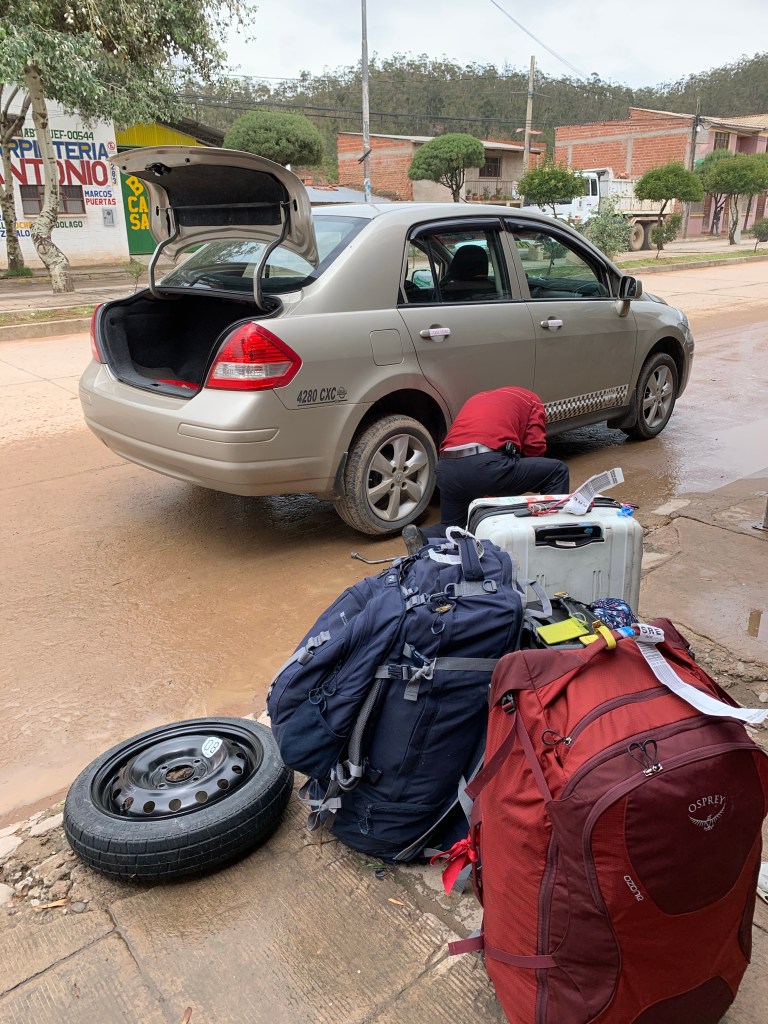
Bolivia
Bolivia has a complex political past (and present), as does most if South America. In 1809 Bolivia declared its independence from Spain by establishing its first Government in Chuquisaca, later renamed Sucre. General Simón Bolivar succeeded in liberating Venezuela, Ecuador, Colombia and Panama from Spanish rule in 1822. In 1825 General Sucre incited a declaration of independence for Alto Peru, and the new Republic of Bolivia was formed, with executive and judicial branches of Government.
Independence was proclaimed on August 6th 1825. Bolivia later lost its coastline to Chile in the war of the Pacific. Losing this transit point impacted trade and continues to do so today. The strength of its natural resources played a part in Bolivia’s history, and are of huge interest to the world today. Especially after the largest natural reserve of lithium in the world was discovered in Bolivia.
There is currently no president in Bolivia due to the recent Civil war at the end of last year. The Deputy is currently in charge while they find a new president. As a female this is a really big deal as Bolivia still tends to experience males in more senior roles. I’m told by locals that the previous President was good at helping natives and the indigenous people; but the power went to his head. He created a law to allow himself to run for a third term, when no one is usually allowed to run for more than 2 terms. People disagreed and civil war started.
Its very recent with The Gadventures trips to Bolivia in November getting cancelled or diverted. So I feel lucky that just a couple of short months later I was able to enjoy this beautiful country!
Bolivia has a population of c.11m. Sucre is the capital though it only has a population of around 300,000 people. Many people believe La Paz to be the capital and there is no love lost between the two cities. Sucre is the historical and constitutional capital and La Paz is where the majority of government offices are, with a population of c. 2m.
Sucre
The birthplace of the nation the white city of Sucre glistens in the sun, though at around 18 degree celsius if felt very cold after the heat and humidity of Brazil! I had a few days to chill out in Sucre before my Bolivia tour started so I have to say its one of my favourite places in Bolivia and is a must see whilst you’re here! Sucre sits in a lush valley surrounded by mountains, and offers a bit of everything, both old and new. It has the beautiful historic buildings and an impressive night scene. Around 40% of the population is between 20 -29.
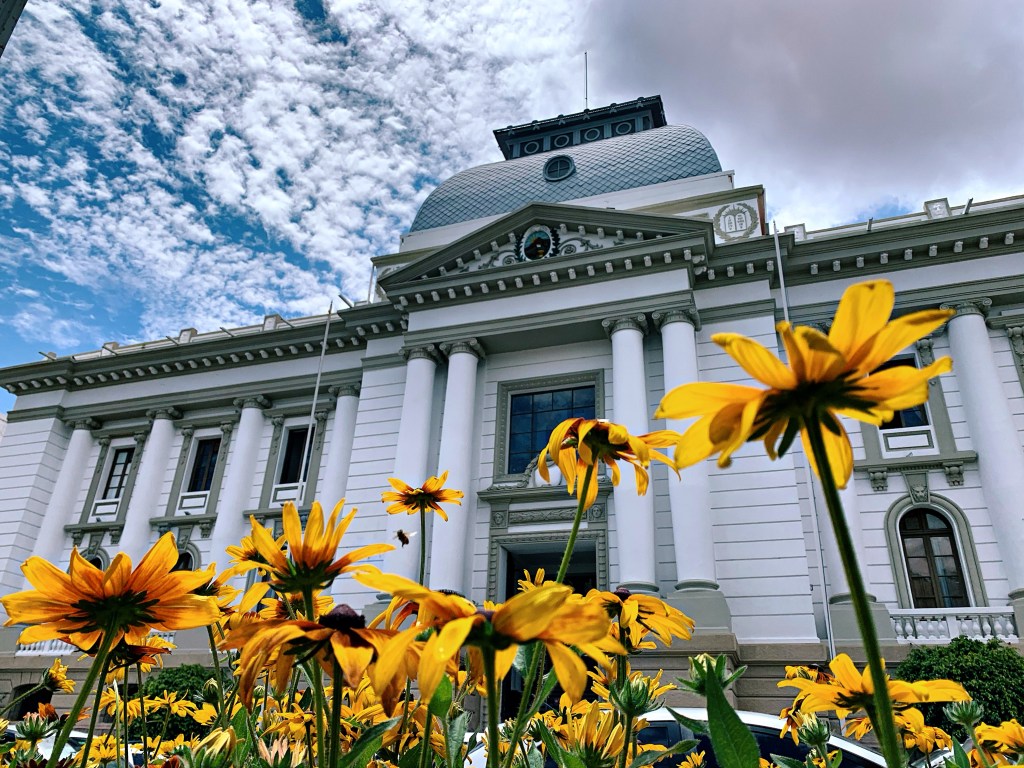
I stayed in The Independencia Hotel, a great location near the Main Square. The shower was amazing! I needed a hot shower as we are now at a mere 20 odd degree Celsius! Very cold after the humidity of Brazil. Elevation is 2400m above sea level.
Looking back I think I thought the shower was amazing because I’d been showering in the Pantanal with frogs and snakes!
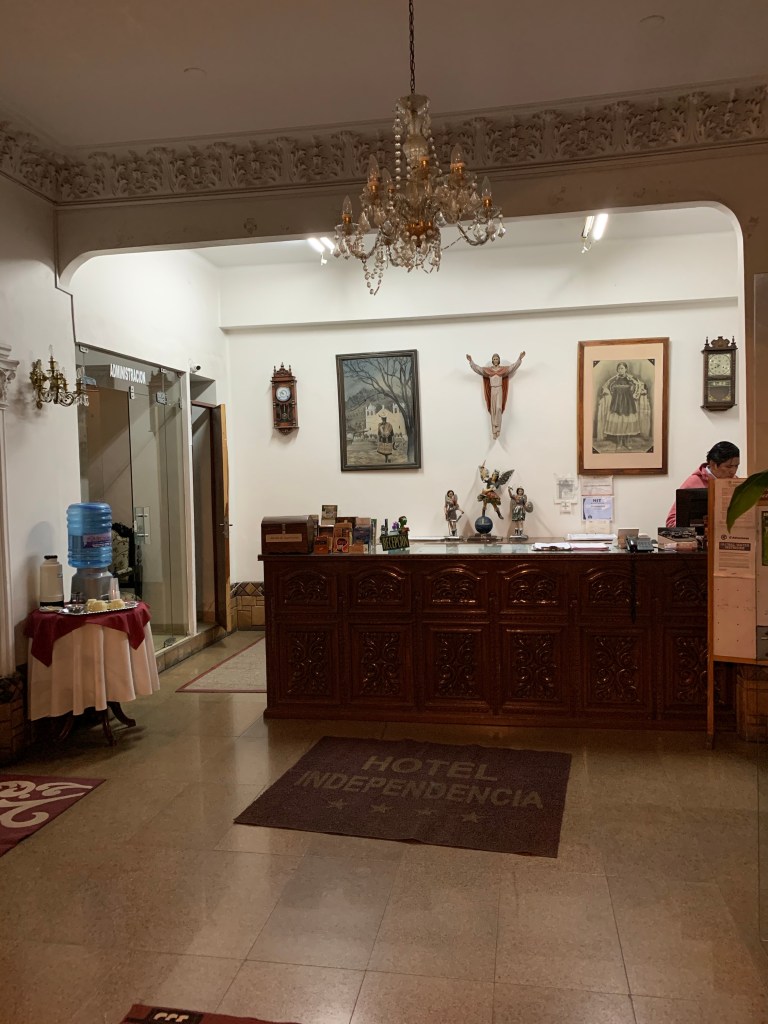
The building is beautiful though. It used to be a family home and must have been pretty amazing.
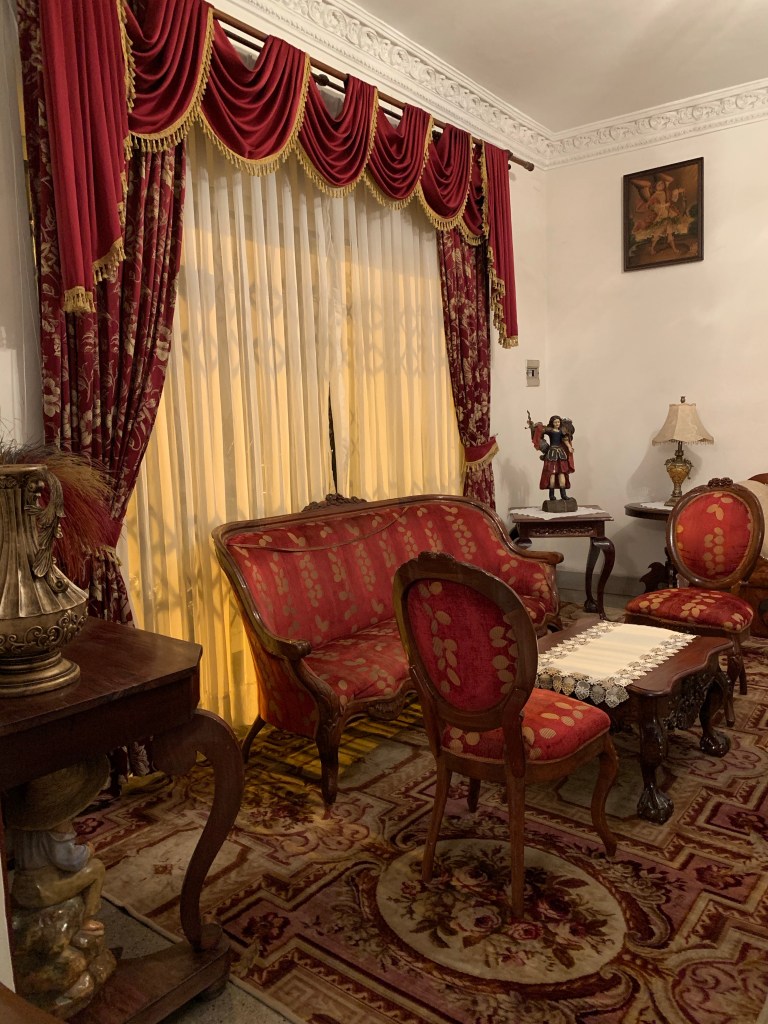
Things to do
As well as wandering around the beautiful buildings of Sucre, there are a number of museums and markets to see. Do not miss Para Ti – the best chocolate shop in Bolivia! You can choose a selection of the freshly made individual chocolates, which are very cheap for what you get. Or the bars – I recommend the Dark chocolate with salt. They also sell special bags that will stop the chocolate being affected in hot temperatures if you still have some travelling to do!
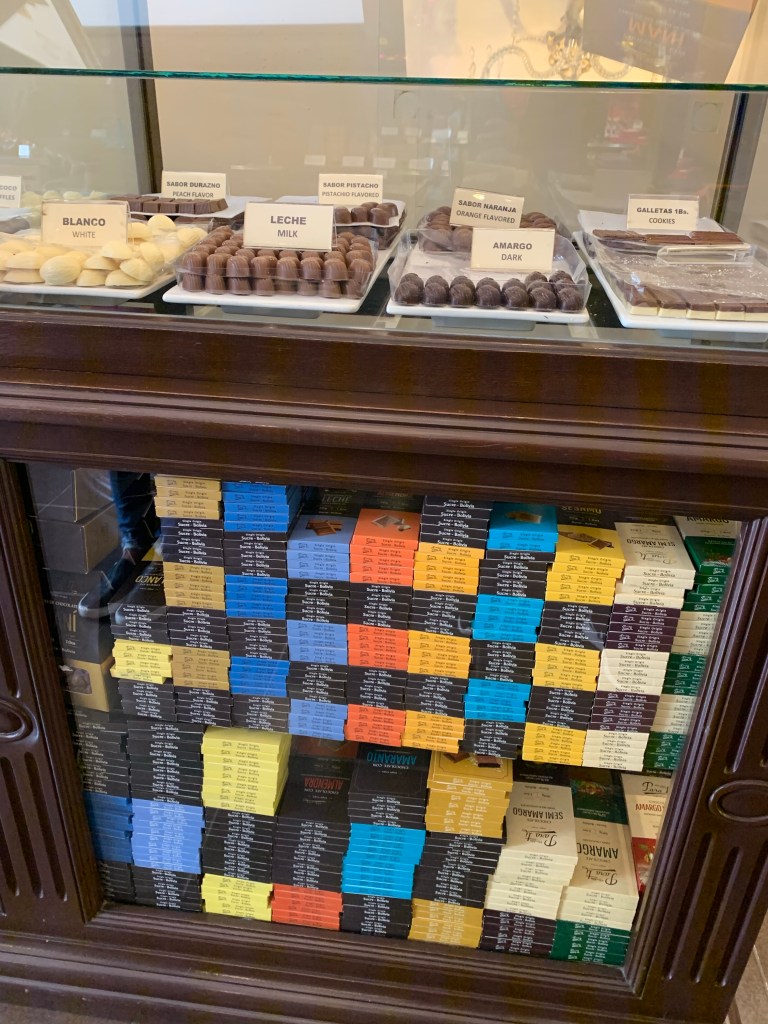
One of the popular things to see is Cretassic park – famed for its dinosaur footprints! You can pick up the bus from the main square, I think it was 15 Bolivianos for a return. Get there early as it goes when its full, and you an try and get a seat upstairs to enjoy the views during the journey. Then it was around 30 Bolivianos for entrance and you can take advantage of the guided tour. Well worth it for the information and passion that they share! I recommend wearing closed shoes as some of the surfaces are uneven.
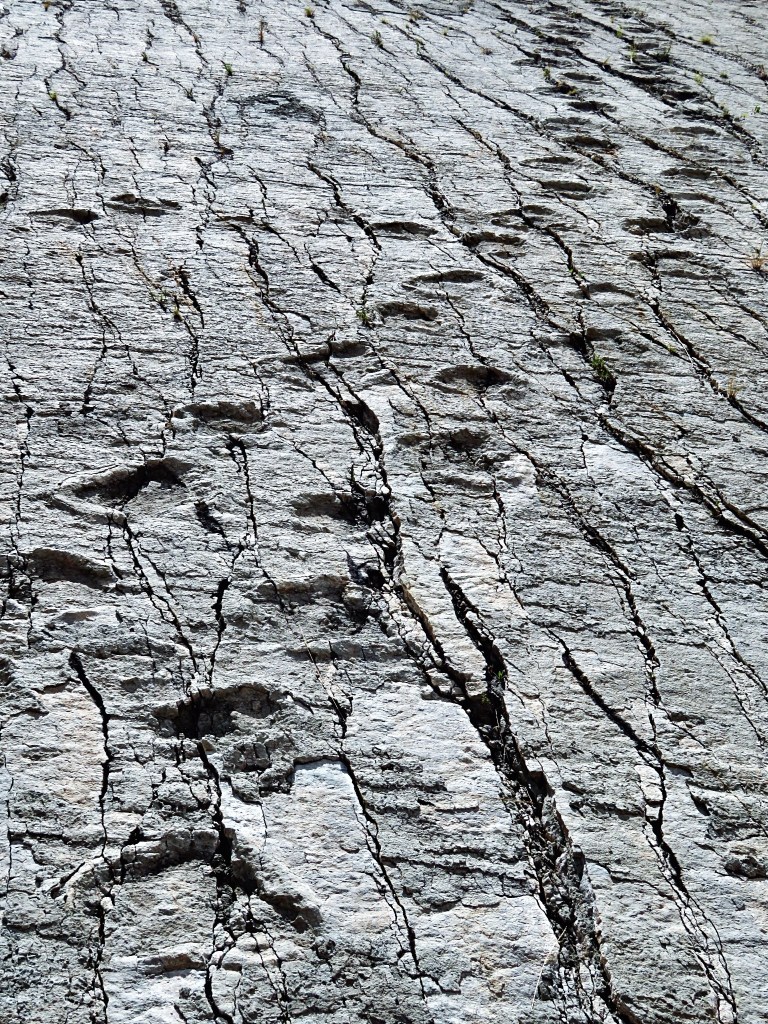

There are a number of local tours too. The more people, the cheaper the price per person. You can hike out to see more dinosaur prints. There is also rock climbing, quads or motorbike and mountain biking. I did the cycling and can recommend it. You can choose from a 3 hour tour, 4.5 or 6 hours depending on your fitness, but bear in mind the altitude as there is a small amount of uphill! Stunning scenery though!

You can also do a city tour which includes entrance into your choice of 2 museums. They take you up to the top of the hill to see the view from La Recoleta, its a fair walk up with the altitude so was a bonus to get the bus up the hill. You also visit the cemetery which although sad is beautiful. Sucre has catacombs which start at the top of the hill and run down to all the churches. They were discovered during independence but its uncertain when they were built. They now enjoy UNESCO protection.
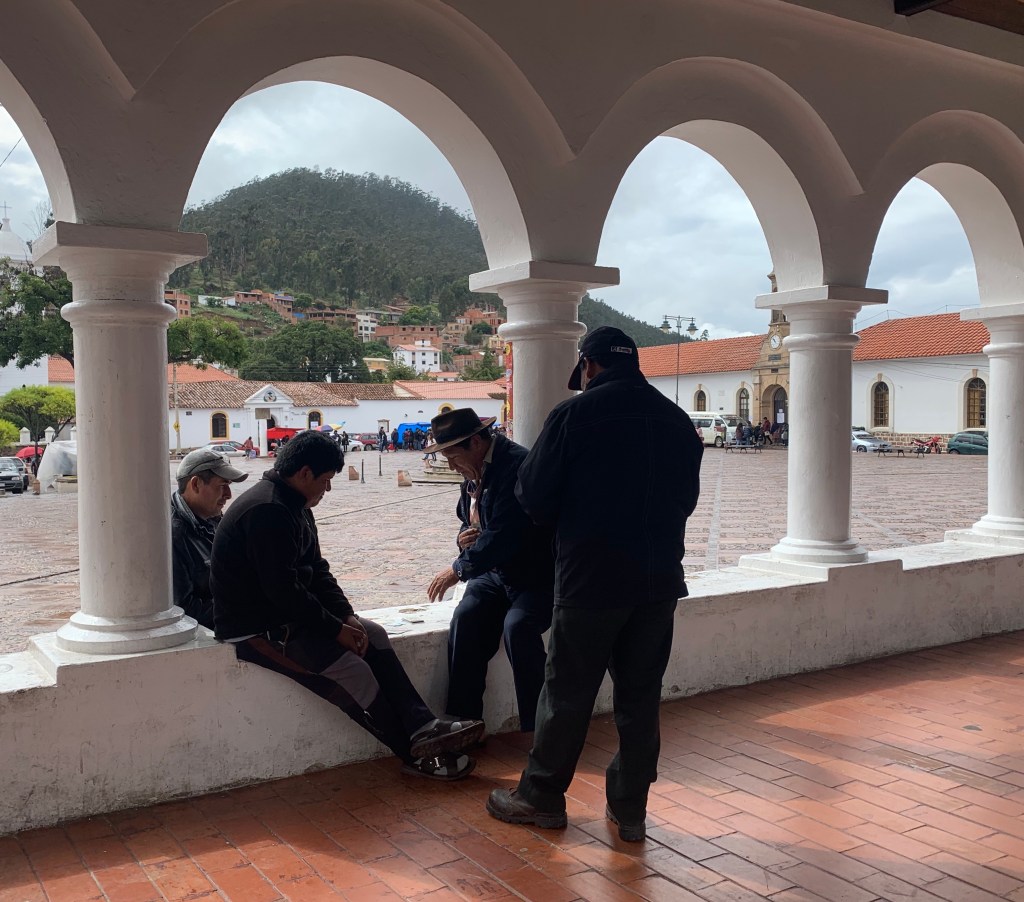
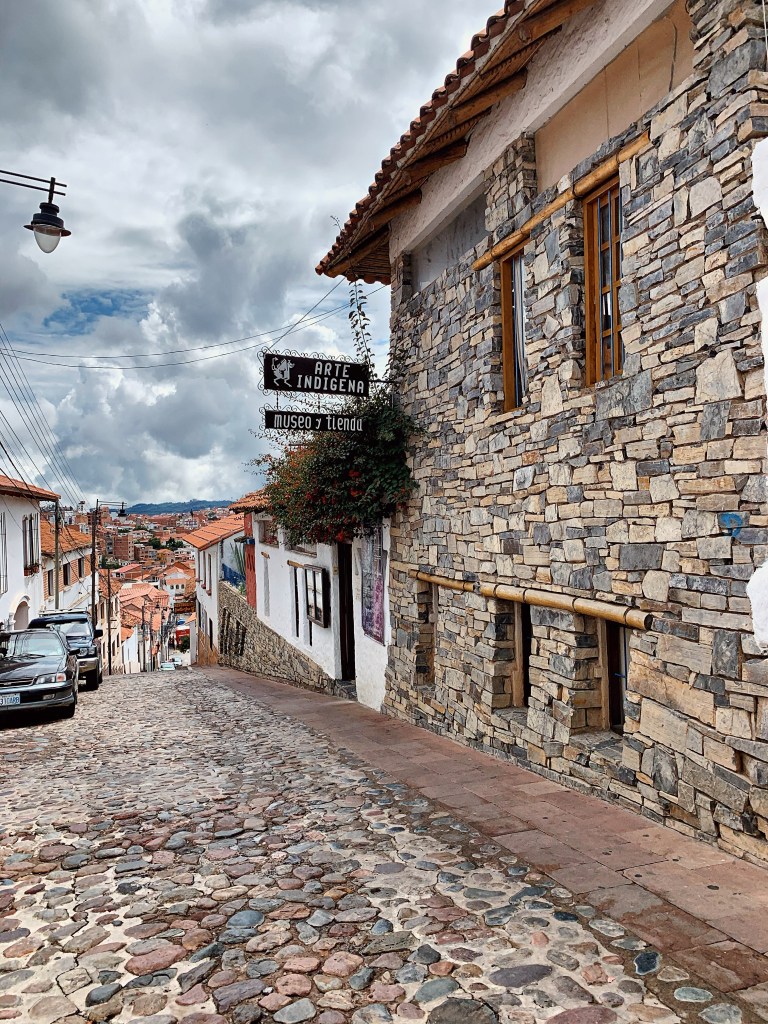
I went to the textile museum which I thoroughly recommend. Its really interesting and you hear about 3 different tribes and what there work represents. You can see this reflected in the garments. The first tribe believed in Pachamama – Mother Nature, you can see the weather depicted in the weavings. The next tribe reflect the underworld and demons, they have a lot of red on black work. The third represents farmers and dancers in the tapestries and reflect gifts for Pachamama.
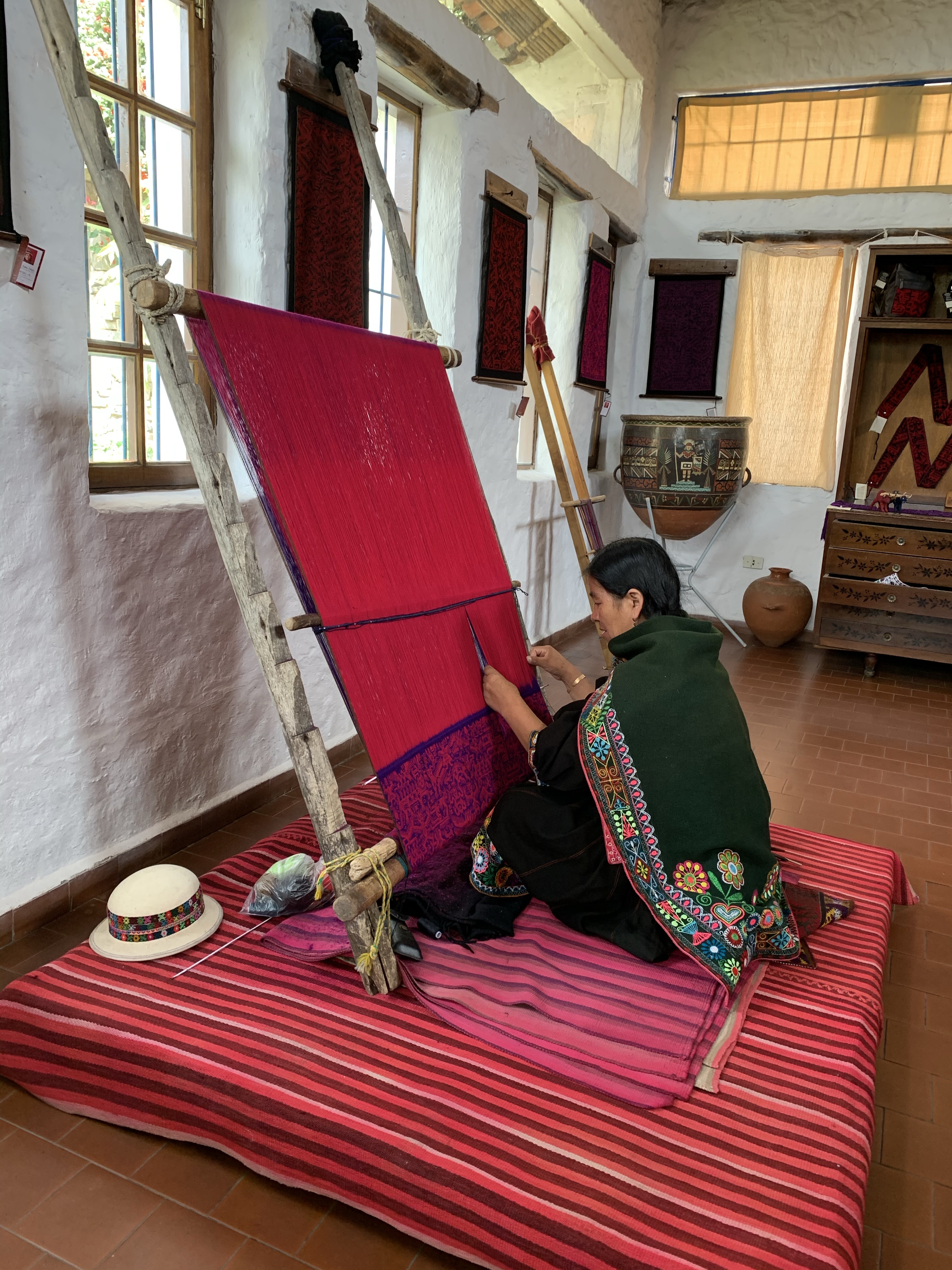
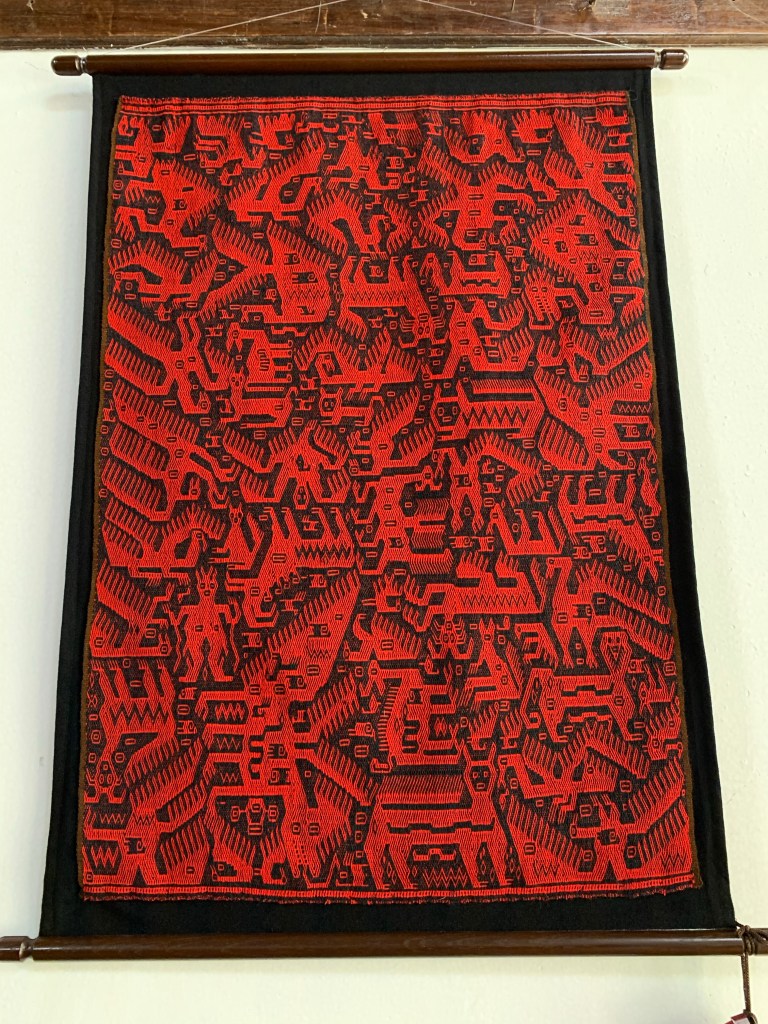
I also visited the semi precious stone museum which gifts you detail on how silver and stones are mined. As well as examples of how the Indigenous people used them as decorations on outfits. It also has a good shop where you can purchase some lovely silver pieces at good prices. Alternatively you can pick up silver cheaply in the markets.
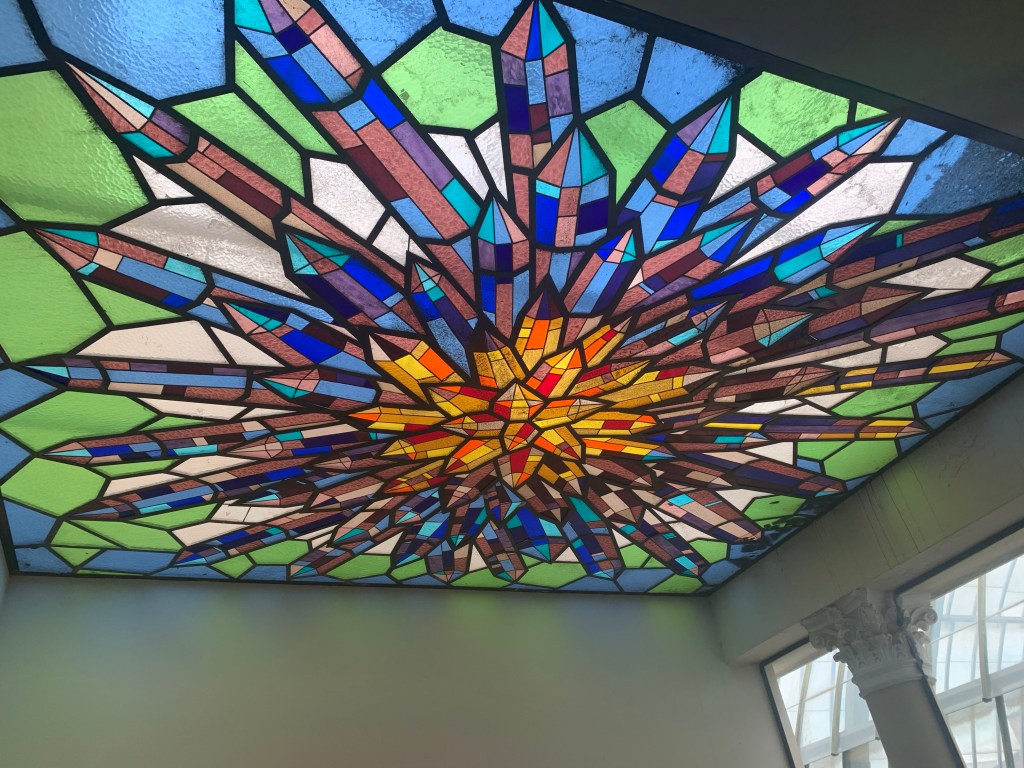
Food and drink
The local drink is chufflay. A transparent 40% proof drink, Sangini, served with sprite or my preference ginger ale. The best local brand is Casa Real.
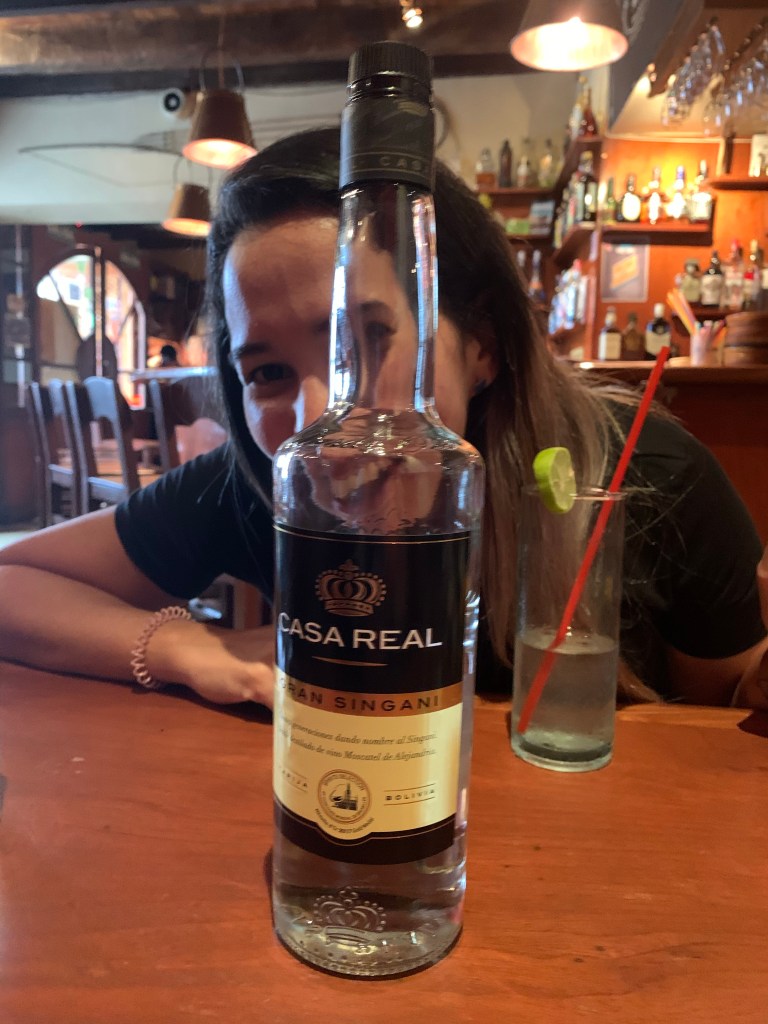
Florin is a great restaurant with really good food. A bit of a mixed bag, I loved the enchiladas, and they make a really good chufflay! We were also there to watch the Super Bowl – great half time entertainment!
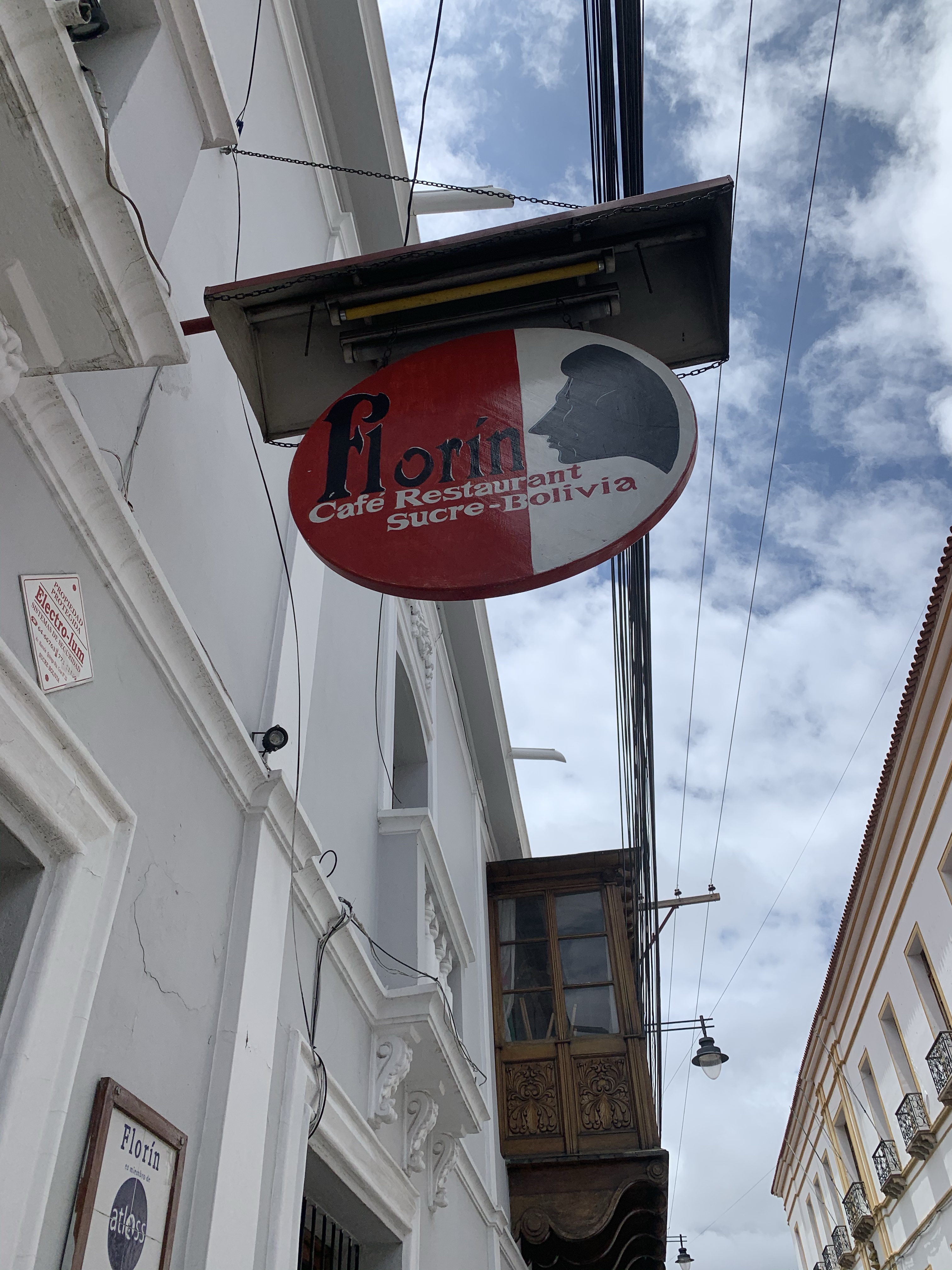
Another good option for breakfast or lunch is Bienmesabe la Arepera. Arepas is a delicious Colombian style dish. Its a tortilla and you choose fillings, I opted for eggs, avocado and tomatoes. It was so good I returned a couple of days later at lunchtime and the chicken filling was also delicious. They serve fresh juice and offer both gluten free and vegan options too, with Almond milk on the menu.

Metro is a cafe that’s good for when you need something quick but the food is good too, and they have a sushi menu too. It’s on the corner of the main square.
I also cant recommend highly enough a restaurant called Proyecto Nativa. For something a bit more special, but great value at just 120 Bolivianos (BOB), this worked out about £13; for a 6 course traditional Bolivian food menu, with some dishes a fusion of other cuisines. All made with local ingredients, with a local drink in between each course. The chef is Juan Gumiel and he comes out to tell you about each dish, in Spanish, which was kindly translated into English for those of us that needed it. The drinks then compliment what you are eating.
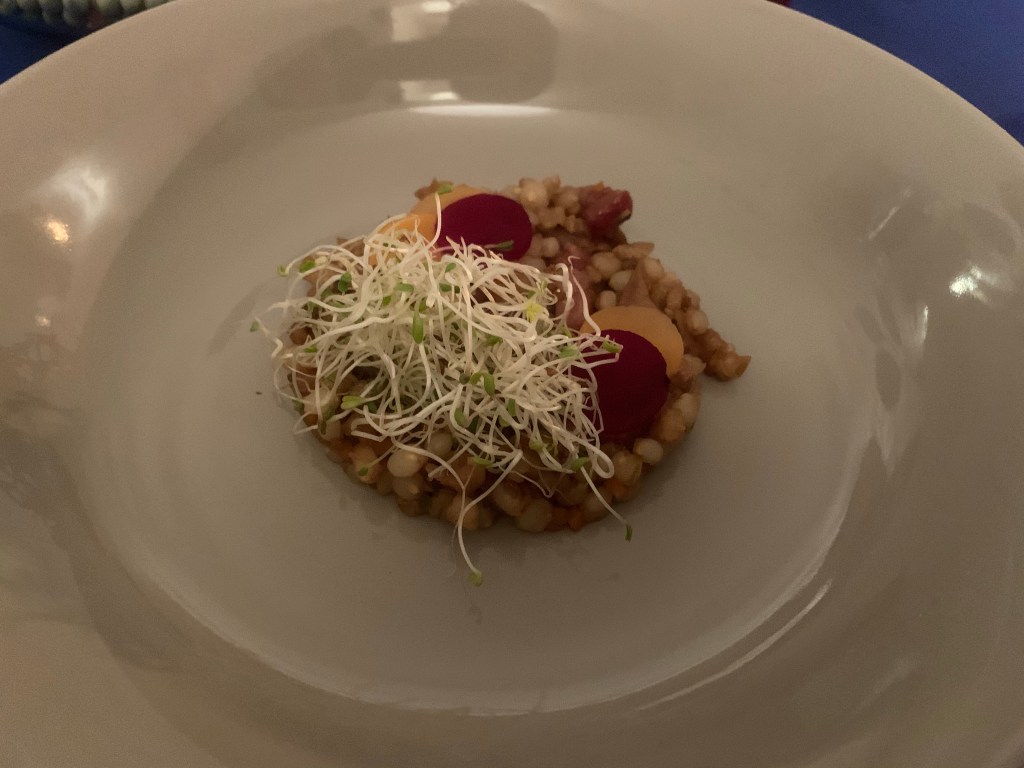
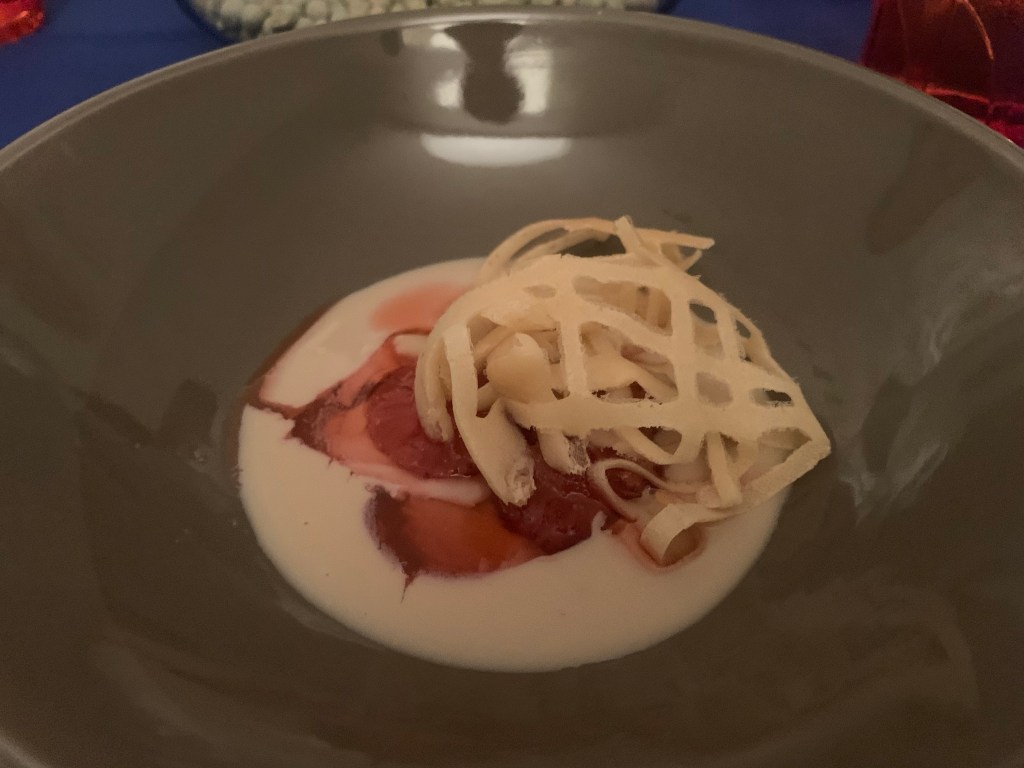
He uses fresh ingredients everyday from the market. Its all made from scratch, he has a different menu each week and tries never to repeat the same menu. We had a lot of Bolivian and Chinese fusion, and some Bolivian and Italian fusion. You need to book, and he caters well to dietary requirements. One of the drinks was a cocktail with Gin from La Paz, with cucumber and grape – delicious!
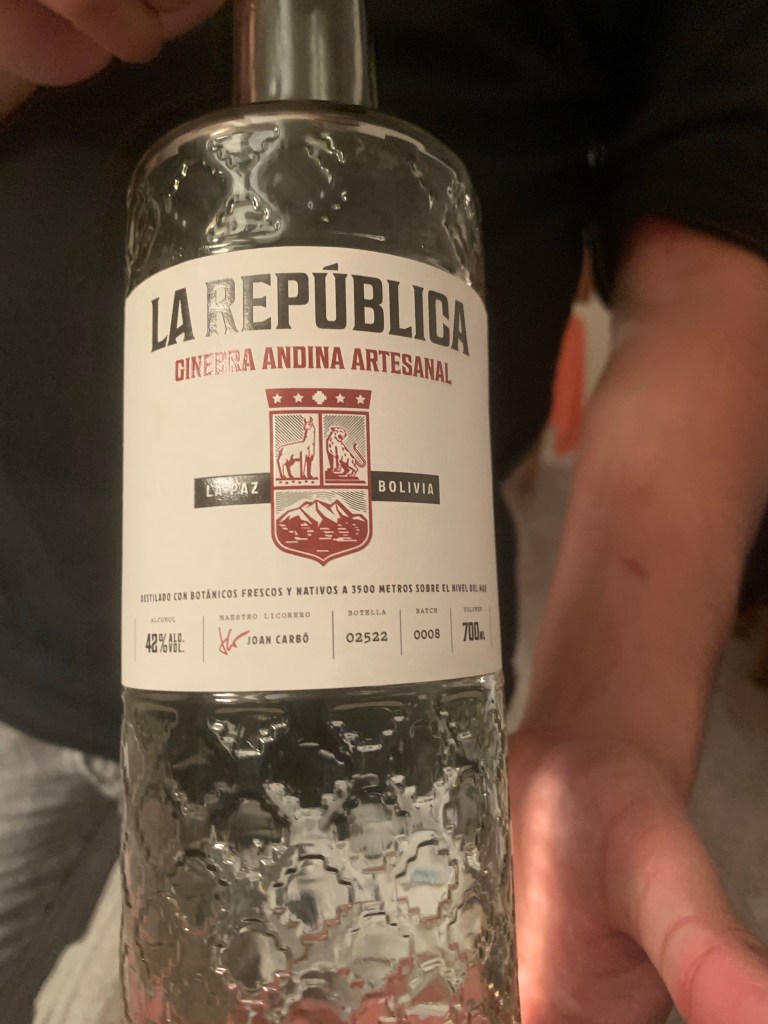
For a night out I recommend Kultur Berlin. It’s a hostel with a bar and club downstairs, run by a German guy who married a Bolivian lady. It was mainly full of locals and a few youngsters from the hostel. It costs 25 Boliviano’s to get in and you get a free drink on arrival, either a beer or a jäger shot!
Obviously the party doesn’t get going until midnight or so but was a good night and lots of fun!
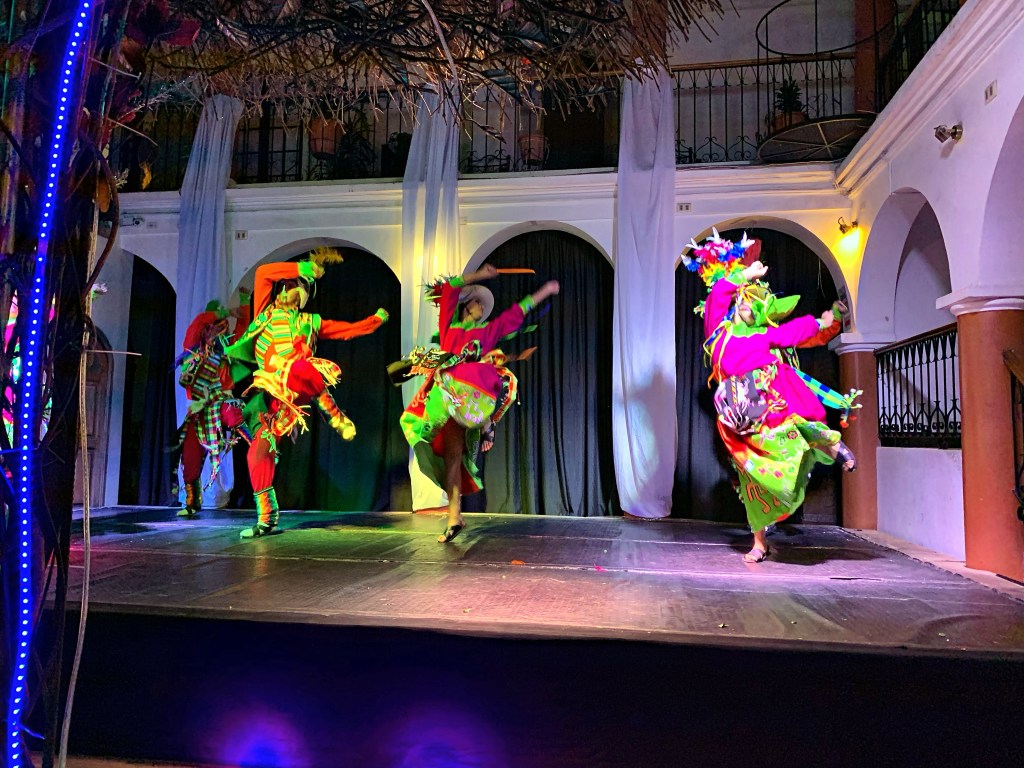
One night they had a free dancing show on with some local dances – impressive to watch and great costumes!
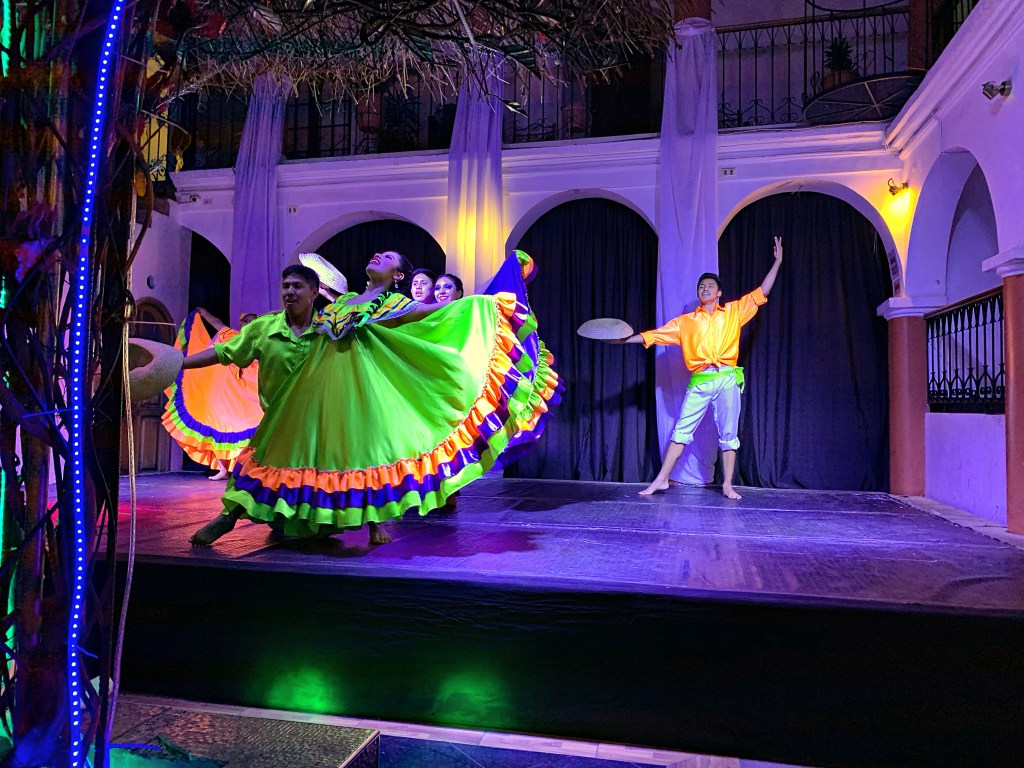
Bolivian wine is good, it’s generally hard to go wrong in South America for good wine! They don’t export a lot, most of it is kept for local consumption.
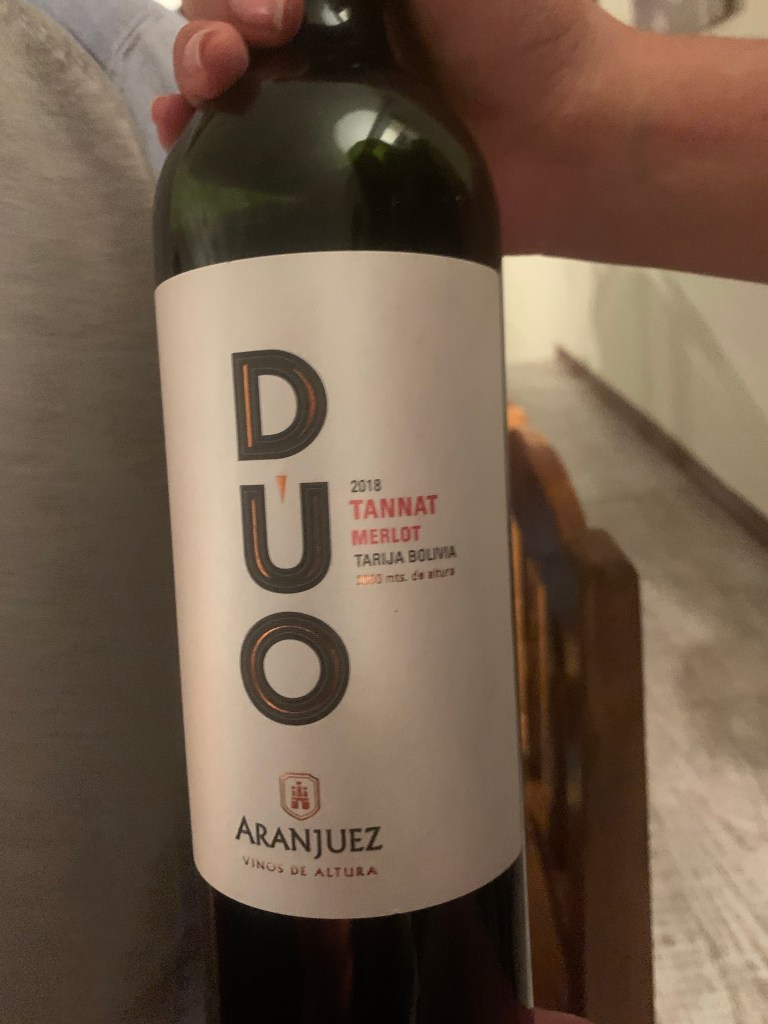
The Practical stuff
First thing to consider when coming to Bolivia is the altitude. Sucre isn’t so bad at only 2400m, but in other places you’ll reach 4-5000m. If you suffer with altitude sickness, or even as a prevention I’d recommend these local tablets: Sorojchi pills, that you can pick up in a local pharmacy. Though you may prefer to pick some up in the UK / US.
I’d also recommend having paracetamol handy. Some people are fine and get no symptoms, others feel sick or have headaches. Shortness of breath is common, even after what you would normally consider a small amount of exertion.
If you wear contacts get some eye drops as the altitude can dry them / your eyes out more than normal. A nasal spray and some tissues is a good idea too.
The local currency is Bolivianos, and at time of writing (February 2020), its circa 9 Bolivianos to the Pound. You can exchange locally or withdraw from an ATM. As usual I recommend a Starling bank card to minimise fees. Some local banks will still charge you though. Try BCP if you can find one as they often don’t charge.
Worth noting that Bolivia is a pre-dominantly Catholic country and many places are closed Sundays. So if you’re there on the weekend plan in advance if you need to use the bank, money exchange, laundry etc.
As I had time to regroup in Sucre I had a massage and got my nails done. A lady called Liz came to the hotel to give me a great massage for around £20. And I had my nails painted for £2.50! Including my toes!
I’m a bit late in my Bolivia write up I actually arrived at the very end of January. Next stop is Potosi!


Fabulous blog hope your well kiran x
LikeLike
Thanks Jason – glad you’re enjoying it! Hope some of its helpful! All good thanks – hope you are too! x
LikeLike